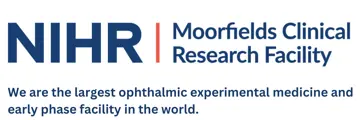
-
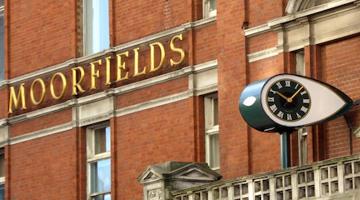
About
We are the largest ophthalmic experimental medicine and early phase facility in the world.
-
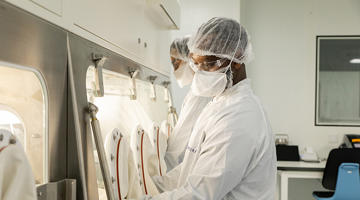
Services
Dedicated laboratory facilities available to support CRF activities.
-
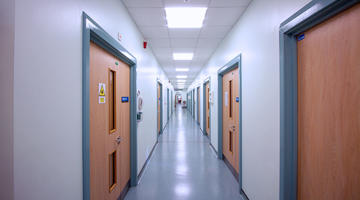
Facilities
With world-class researchers and staff supported by investment in state-of-the-art specialist devices.
-
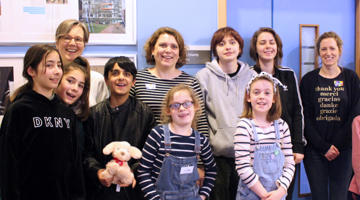
Patients and public
Through Patient and Public Involvement and Engagement (PPIE), we build partnerships that give members of the public a say in the research we do.
-
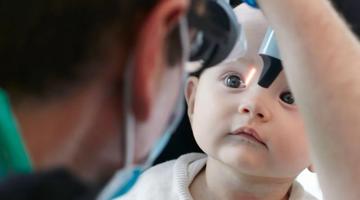
Research highlights
Our ophthalmic research uncovers promising treatments for vision disorders and eye health.
Contact Moorfields Clinical Research Facility
Moorfields Eye Hospital NHS Foundation Trust
162 City Road, London, EC1V 2 PD
